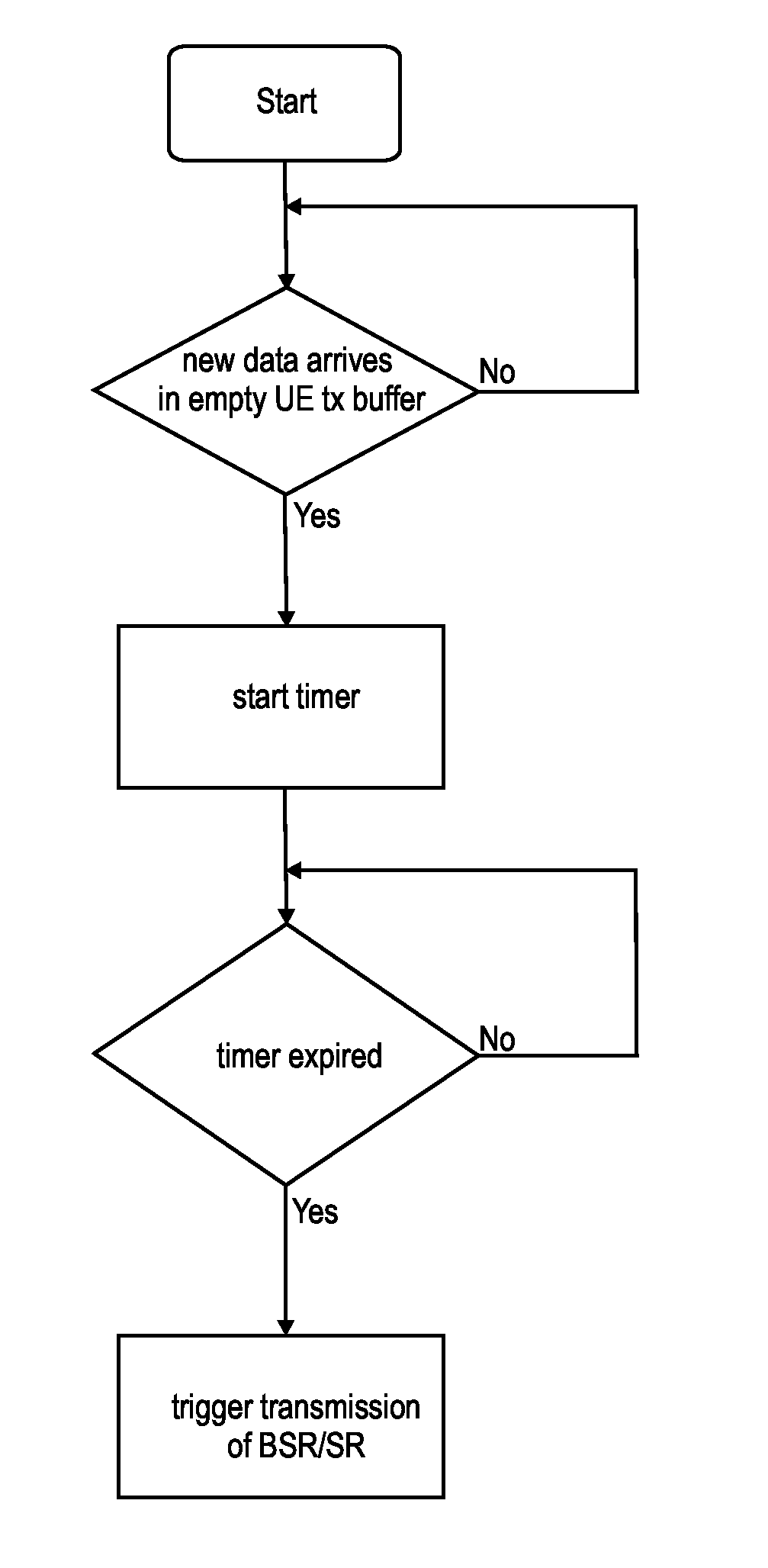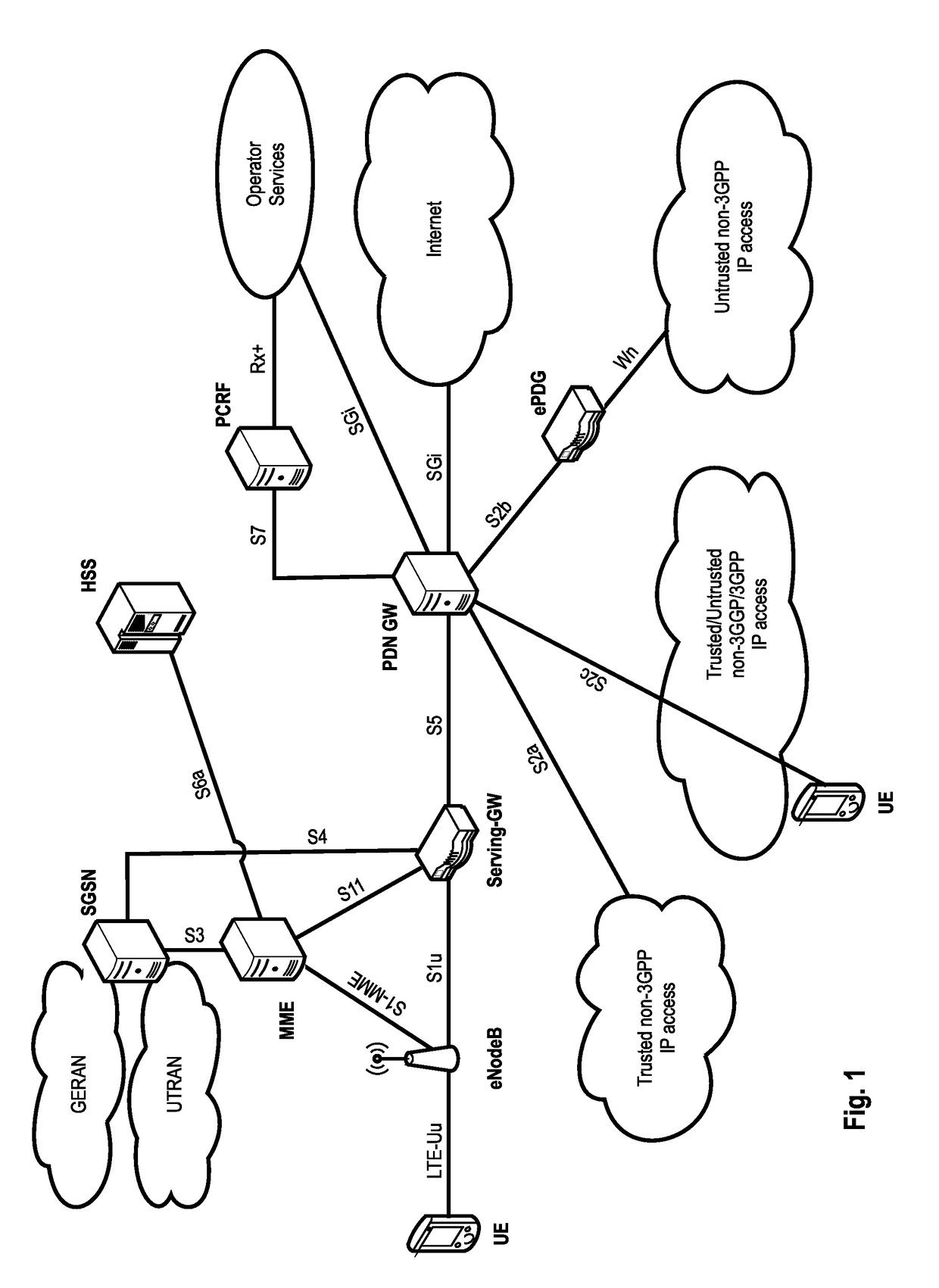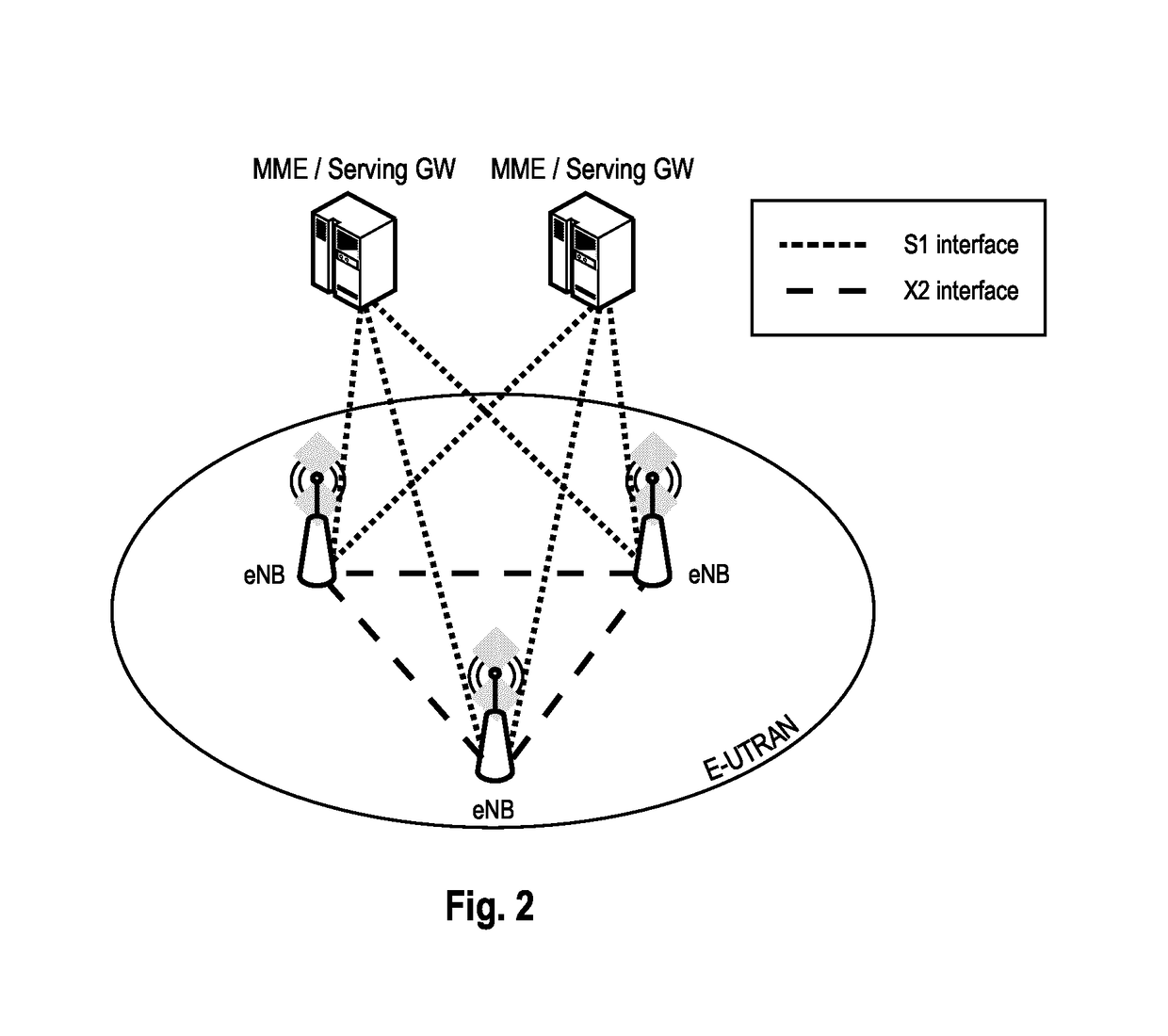Threshold-based and power-efficient scheduling request procedure
a scheduling request and threshold technology, applied in the field of threshold-based and power-efficient scheduling request procedures, can solve the problems of wasting resources, not being able to configure a mobile terminal with more uplink component carriers, and not being able to find a spectrum band wide enough for the lte-advanced system, so as to reduce the active time of user equipment and reduce power usage.
- Summary
- Abstract
- Description
- Claims
- Application Information
AI Technical Summary
Benefits of technology
Problems solved by technology
Method used
Image
Examples
first embodiment
[0242]A user equipment is provided with transmission buffer memory for each logical channel, used for temporarily storing uplink data until it is successfully transmitted over the radio link to the eNodeB. Furthermore, the UE has no resources available to transmit the data or a buffer status report to the base station, making it thus necessary to perform a scheduling request with the eNB, which process shall be improved by the invention.
[0243]As explained before, scheduling requests may be either transmitted via resources of the PUCCH allocated by the eNB or by using a RACH procedure. If not indicated differently, in the following we will assume that such resources of the PUCCH, which are typically allocated periodically by the eNB, are available to the UE for transmitting the scheduling request as soon as it is triggered; nevertheless, the invention is also applicable when using a RACH procedure instead. A scheduling request is usually one bit long, and corresponding periodic PUCCH...
second embodiment
[0275]In view of the time needed for the scheduling request and then later the uplink grant to travel over the radio link, and the time needed for the eNodeB to process the scheduling request and to generate and transmit the uplink grant message, in the invention, the time window for monitoring the PDCCH is shortened, as explained in connection with FIG. 14. A time delay is introduced after sending the scheduling request, such that the user equipment starts monitoring the PDCCH for the uplink grant only after the time delay, i.e. after a predetermined amount of time has expired. The transmission of the scheduling request could start a timer, upon which expiry the user equipment starts the PDCCH monitoring. As an example, 3 subframes could be used as the delay after the dedicated scheduling request transmission.
[0276]Furthermore, the PDCCH monitoring may be also stopped after a particular period of time, even if no uplink grant is received; thus, another timer may be running while mo...
third embodiment
[0278]the invention aims at reducing the active time of a user equipment with respect to uplink data retransmissions. The uplink retransmission protocol, HARQ, used currently in the prior art as standardized by 3GPP, is defined such that there are two kind of retransmissions: non-adaptive and adaptive retransmissions. In general, HARQ schemes can be categorized as either synchronous or asynchronous, with the retransmissions being in each case either adaptive or non-adaptive. In an adaptive HARQ scheme transmission attributes such as the modulation and coding scheme, and transmission resource allocation in the frequency domain, can be changed at each retransmission in response to variation in the radio channel conditions. In a non-adaptive HARQ scheme the retransmissions are performed without explicit signaling of new transmission attributes—either by using the same transmission attributes as those of the previous transmission, or by changing the attributes according to a predefined ...
PUM
 Login to View More
Login to View More Abstract
Description
Claims
Application Information
 Login to View More
Login to View More - R&D
- Intellectual Property
- Life Sciences
- Materials
- Tech Scout
- Unparalleled Data Quality
- Higher Quality Content
- 60% Fewer Hallucinations
Browse by: Latest US Patents, China's latest patents, Technical Efficacy Thesaurus, Application Domain, Technology Topic, Popular Technical Reports.
© 2025 PatSnap. All rights reserved.Legal|Privacy policy|Modern Slavery Act Transparency Statement|Sitemap|About US| Contact US: help@patsnap.com



